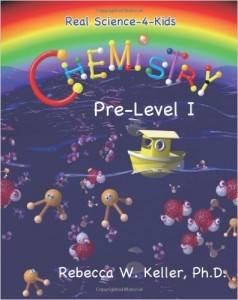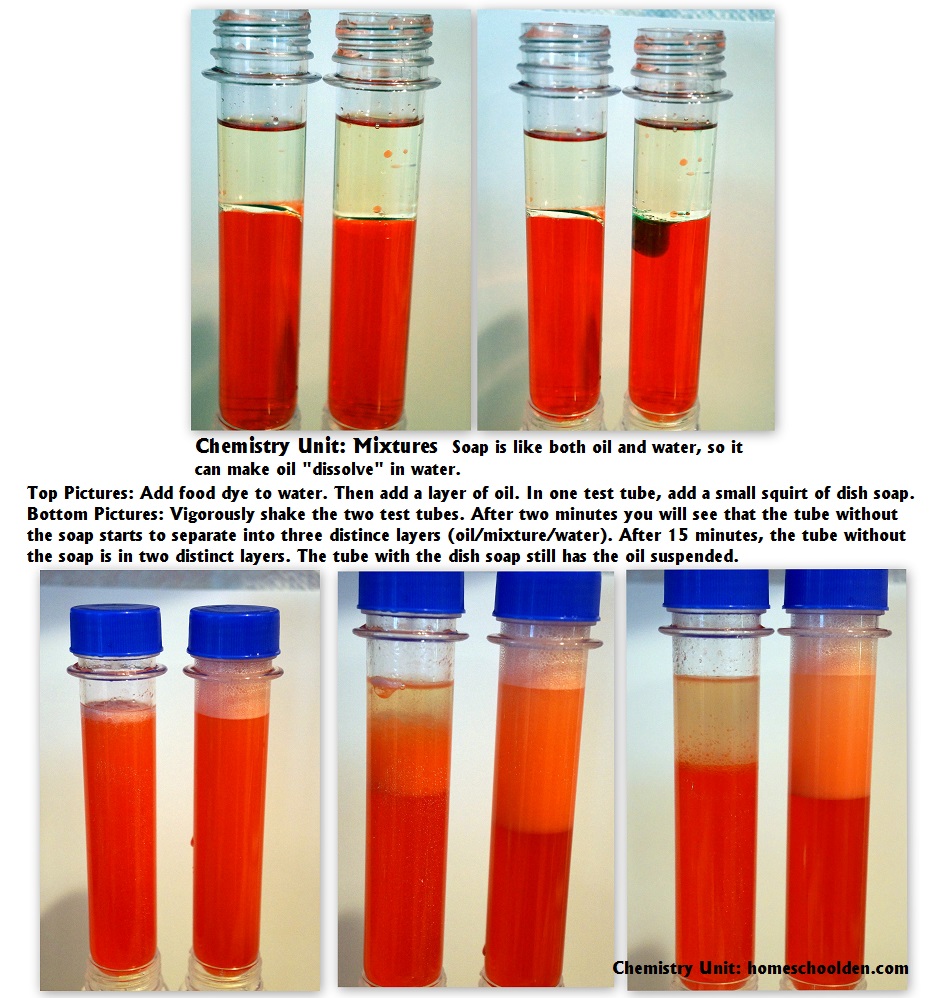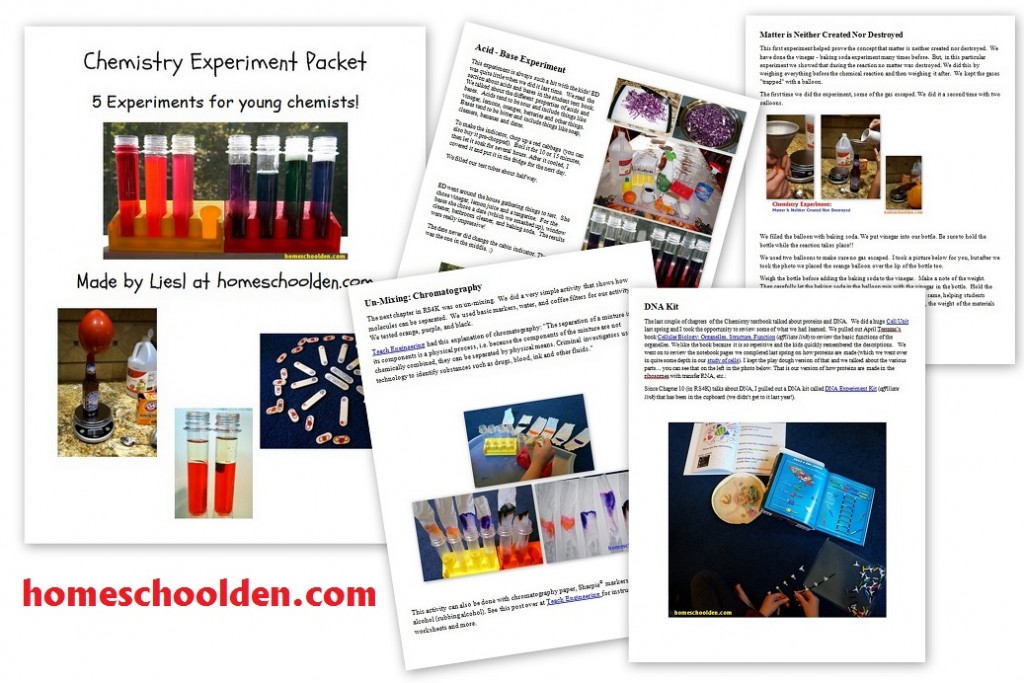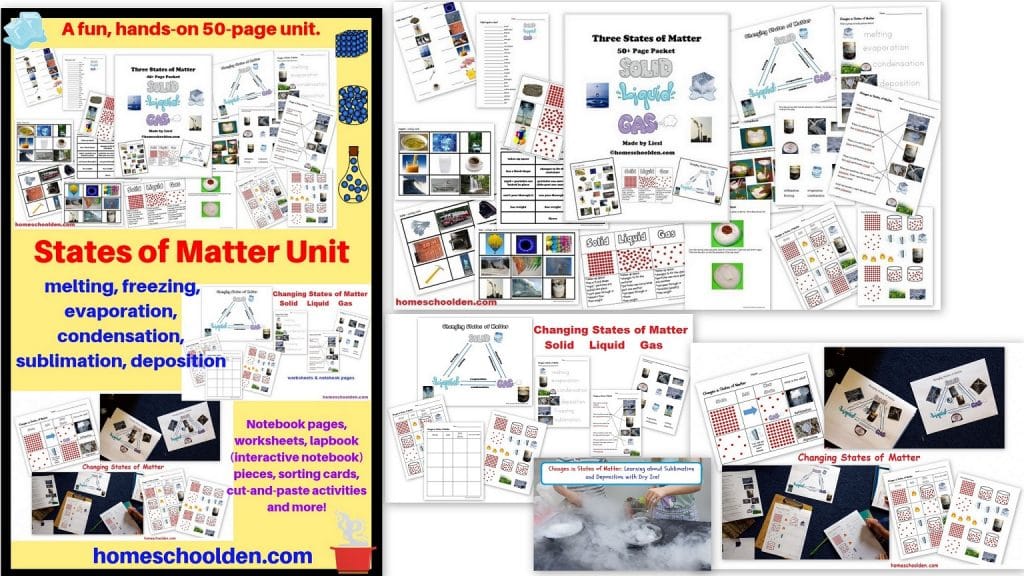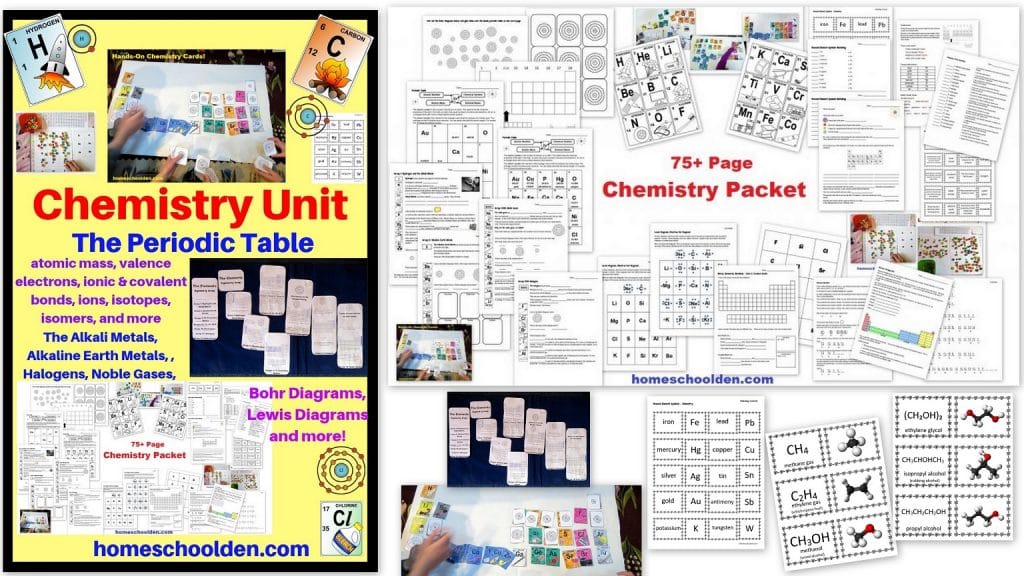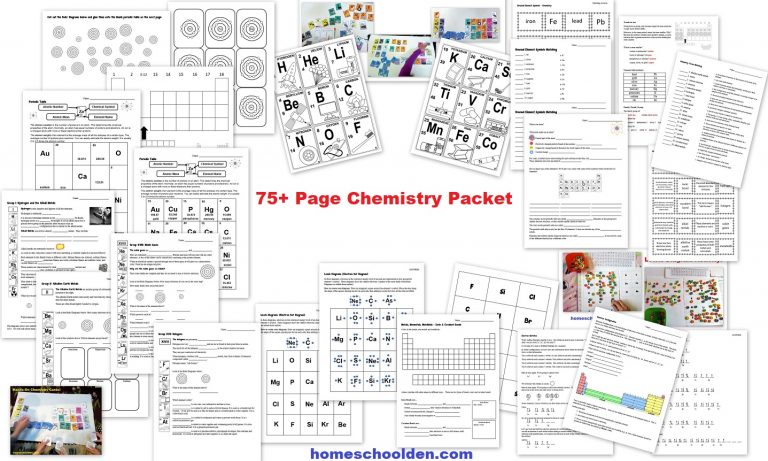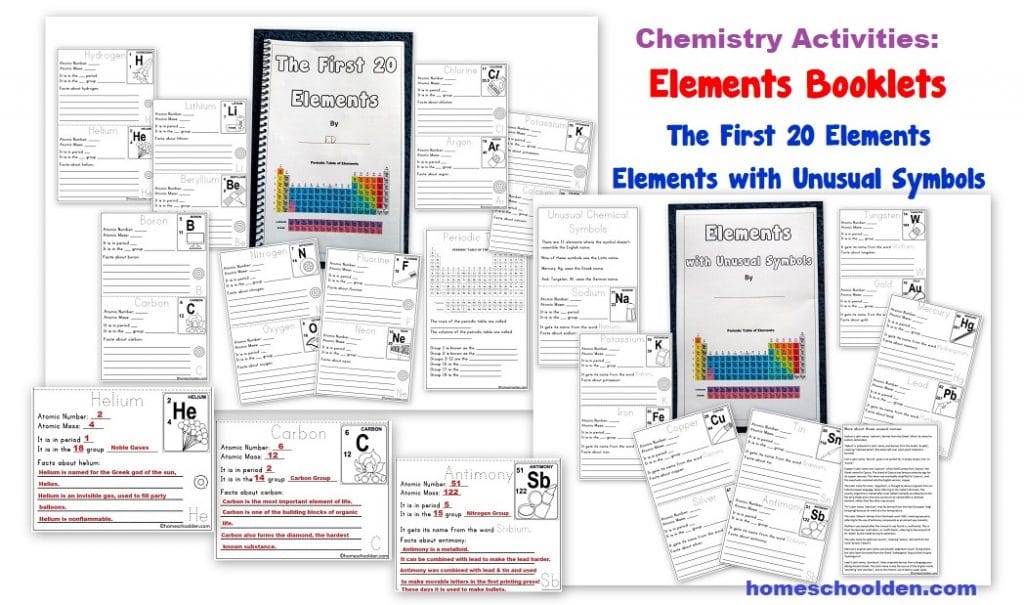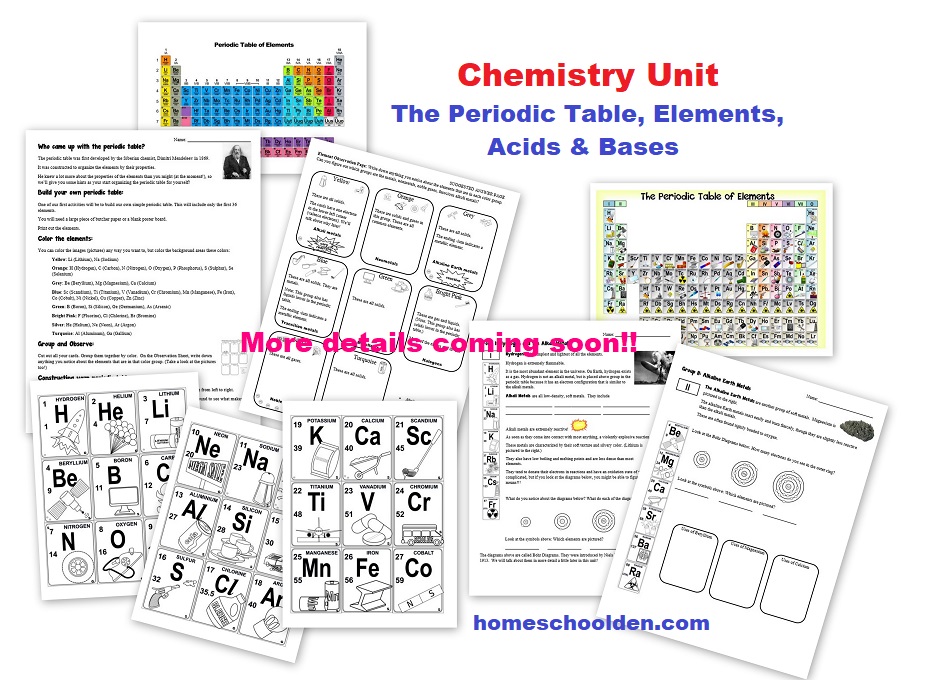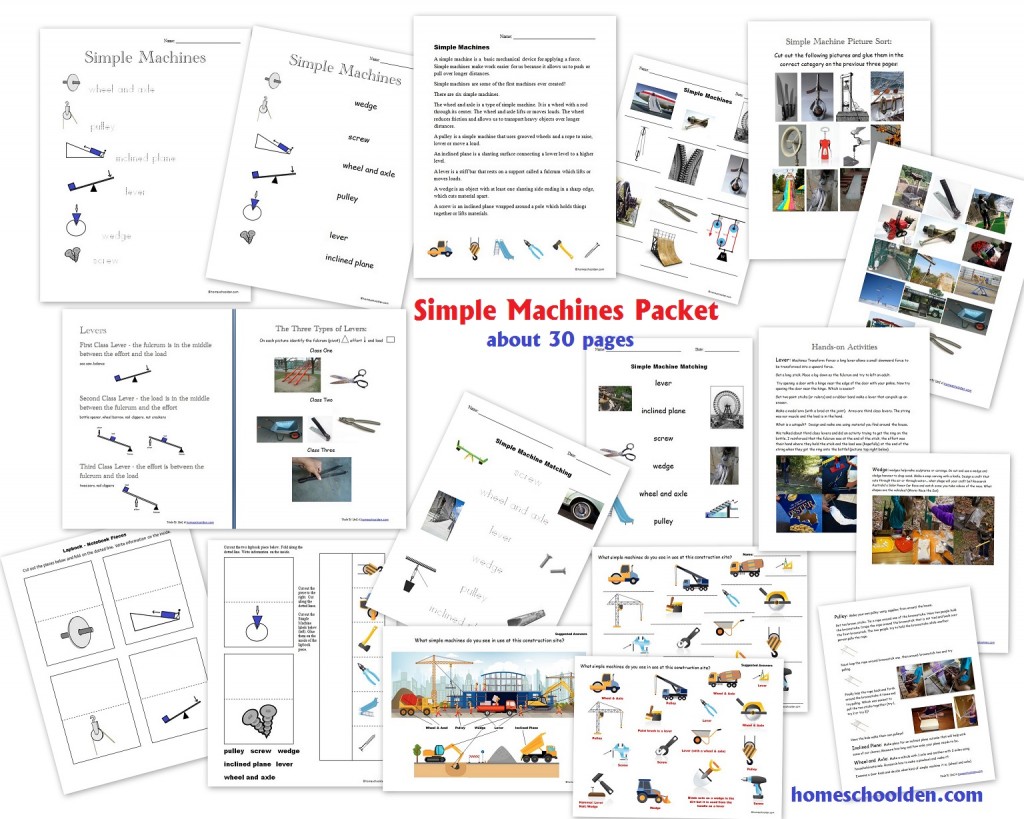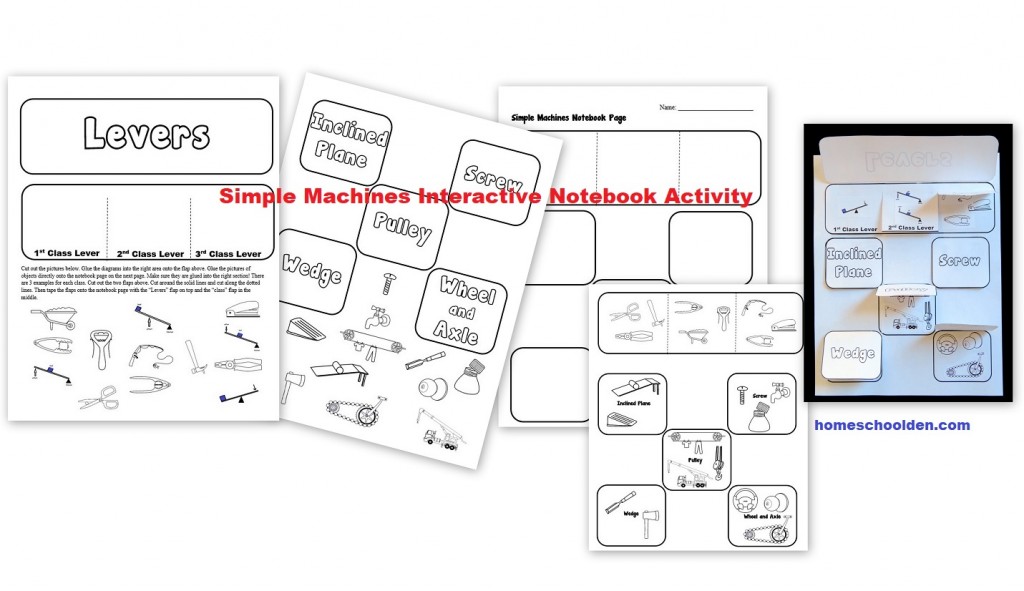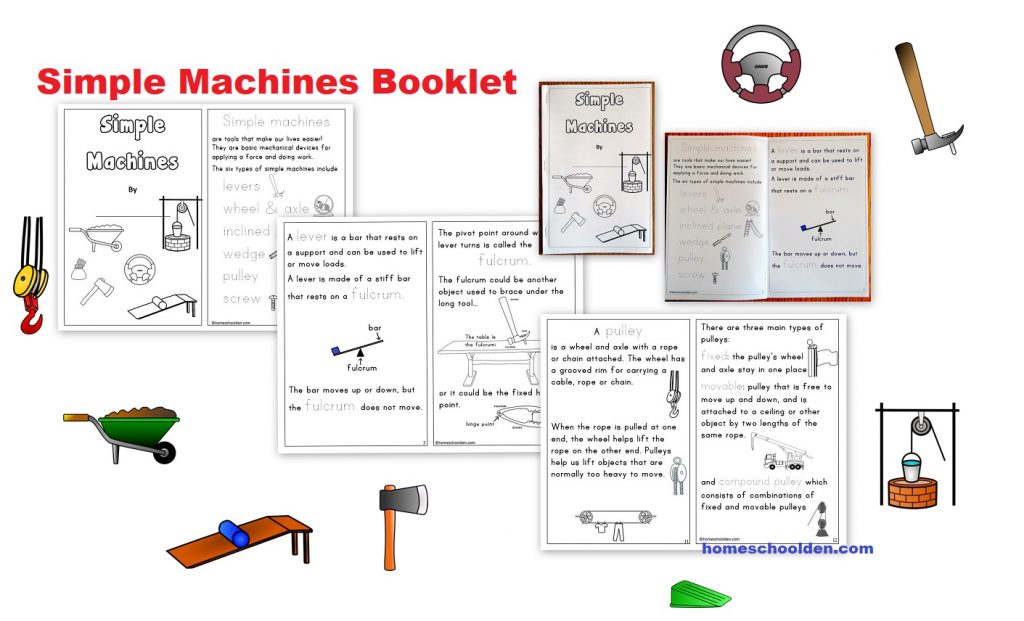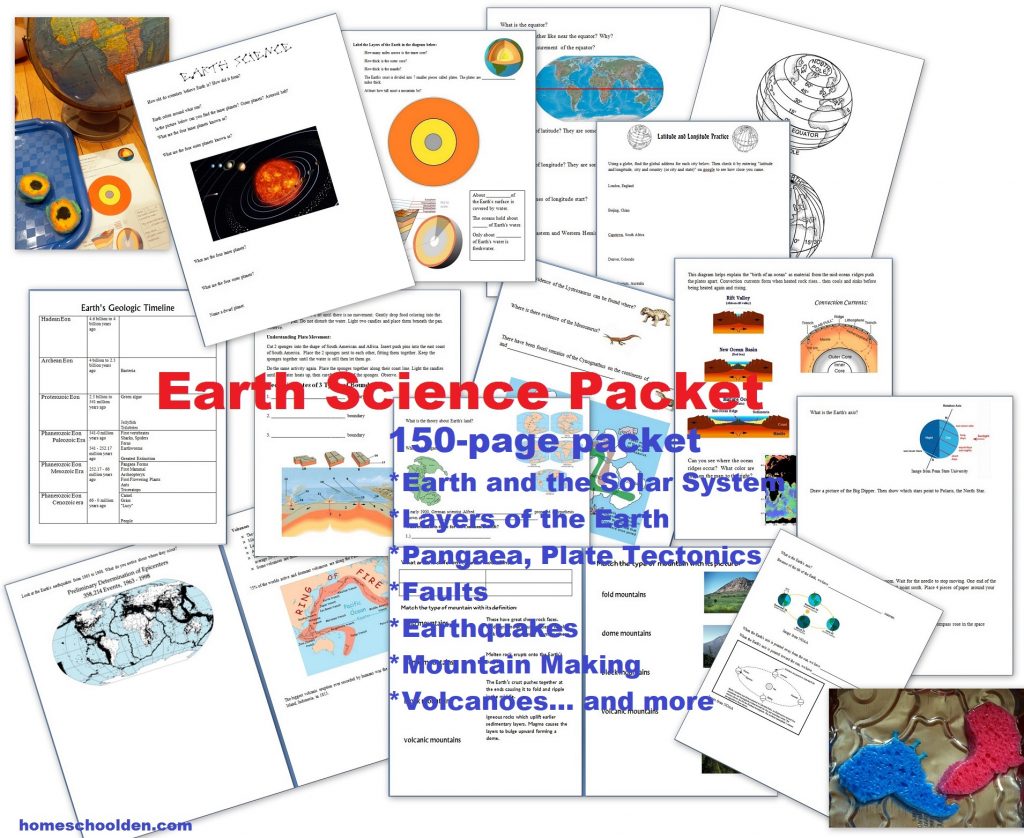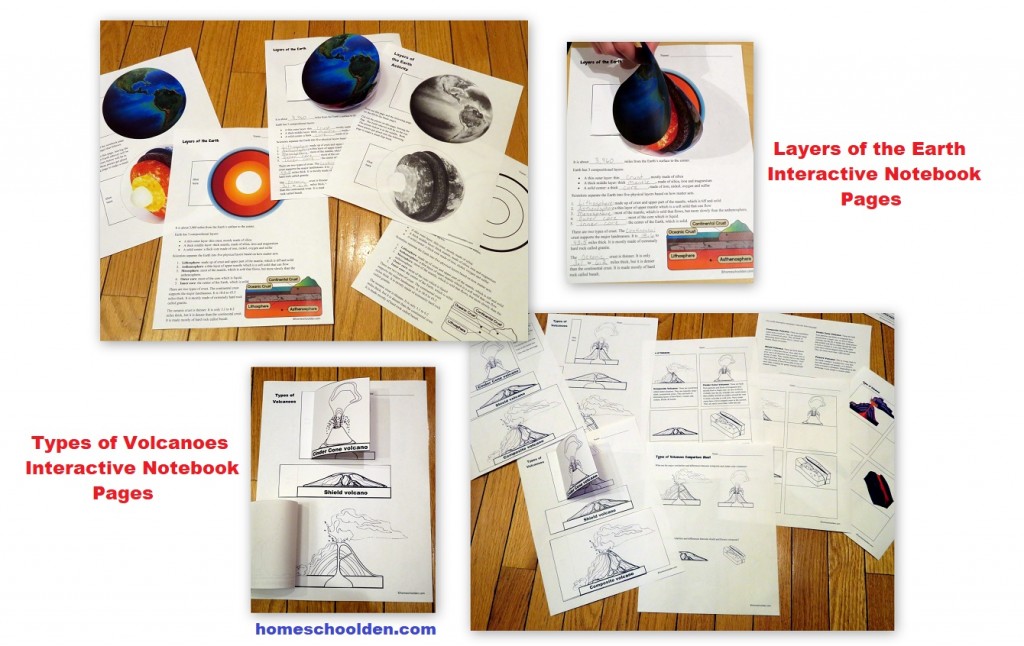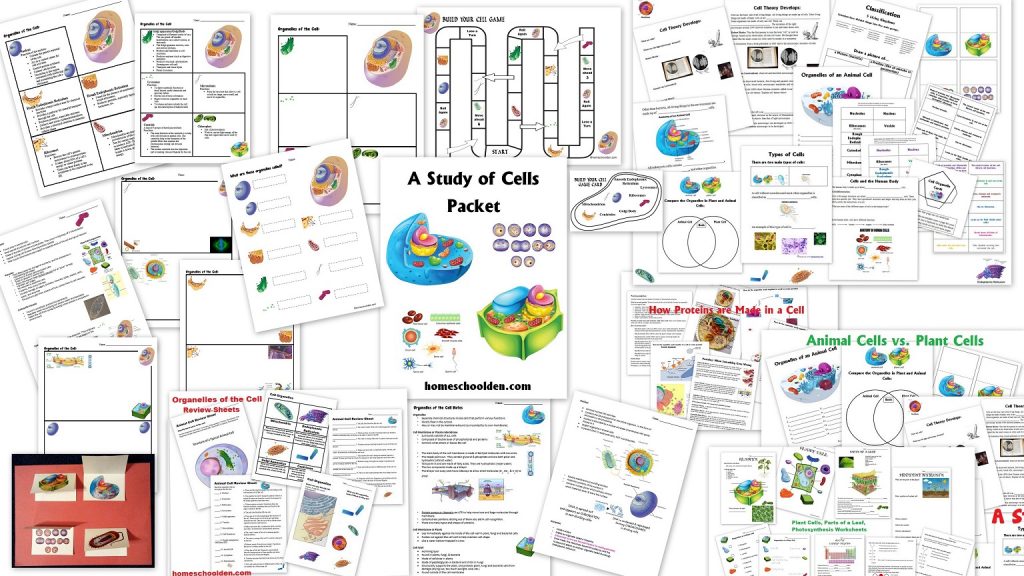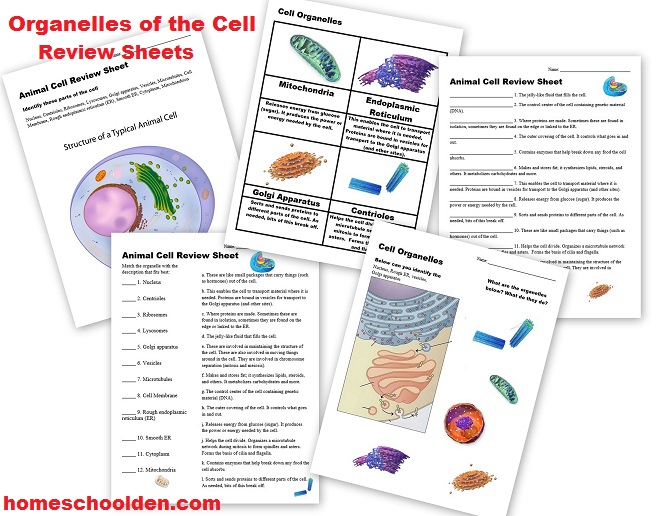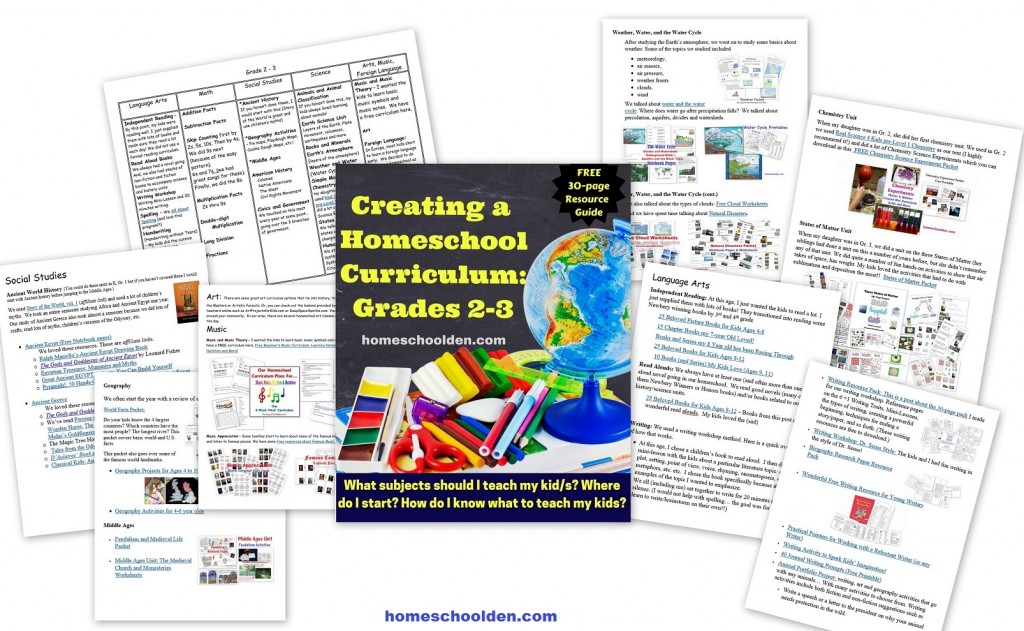Chemistry Experiments for Kids (Grade 2) – Mixtures, Chromatography, DNA Kit
Today, I want to share the three more chemistry activities we did during our unit on chemistry for my youngest, who is currently 7.
- Mixtures
- Un-Mixing: Chromatography
- DNA Kit
Earlier this week, I shared the first two science experiments we did, and you can find those here (and in the free pdf printable at the bottom of this post):
- Matter is Neither Created Nor Destroyed (Molecules switch atoms) – Chapter 3
- Acids-Bases – Chapter 4
As I mentioned in the other post, we used Real Science-4-Kids Chemistry pre-Level I (affiliate link) as our student text for ED (who is 7 and in Grade 2). I used it for my other two kids as well when they were in 2nd Grade. [I would recommend covering other science topics in Kindergarten and Grade 1 (rather than chemistry).]
I’ve found the RS4K student textbook to be the perfect introduction to chemistry. It introduces concepts like atoms, molecules, elements, molecules, compounds, mixtures, and complex chains of molecules (and proteins), but in an age-appropriate way.
Another great chemistry book for kids is Explore Atoms and Molecules with 25 Great Projects. (affiliate link) It has a lot of wonderful hands-on activities for kids just learning about chemistry!
If you are looking for a really cute way to introduce kids to the elements, you might get Amber’s Atoms. (affiliate link) It introduces kids to the first 10 elements of the periodic table. The illustrations are really pretty. It’s a really engaging way to introduce chemistry in it’s simplest form. Each element has a large picture of the atom (showing the nucleus and electron cloud). The target age range is 2-5, but if you are introducing your kids to chemistry (and going into more detail) it might be worth it to get this for a 6 or 7 year old. You can have a really good discussion about the number of electrons and so forth. 🙂
So now, on to the experiments and activities!!
Mixtures:
After reading the chapter about Mixtures in Chapter 6, it was time to do some hands-on activities.
The student chemistry textbook went into quite a bit of detail about molecules that dissolve and those that don’t. It talked about oil, water and soap and how they interact. Using Popsicle sticks, we made our own diagrams of water molecules (in red), oil molecules (blue chains), and soap (with a red OH group on one end and the oil-like molecules (in blue) on the other).
We pretended to mix the molecules all together. Then we had the soap surround the oil molecules…. with the blue end pointing into the middle and the red end toward the outside. The water molecules were then on the very outside.
This really helped the kids visualize what was happening to the oil and soap and how/why oil is “suspended” in the water by the soap.
Of course, then it was time for the oil, soap and water experiment itself!
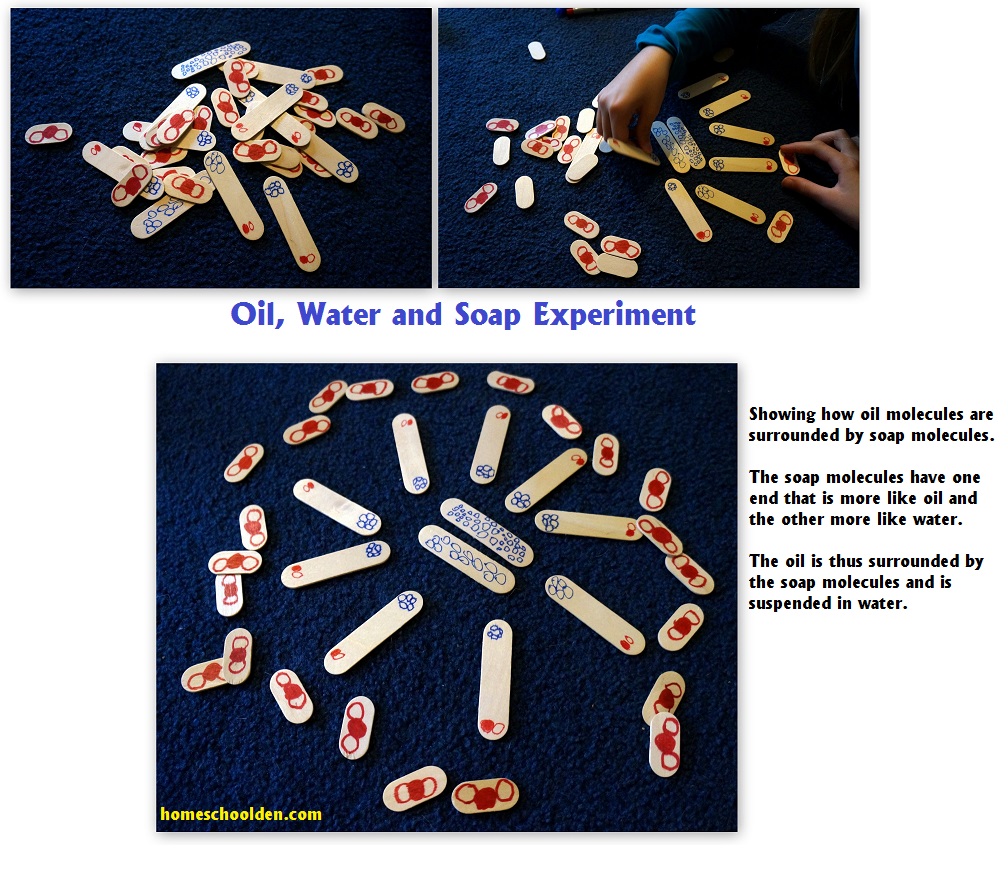
- Add food dye to water (I would suggest coloring the water the same color as you used for your H2O molecules in the activity above. In our case, our H2O Molecules were red, so we used red dye in our water.)
- Add a layer of oil in both test tubes
- Add a squirt of dish soap to just ONE of the test tubes.
- Shake both vigorously.
- Watch as the oil starts to separate out in the test tube that has no dish soap. This takes about 2 minutes.
- Come back after about 15 minutes to re-check the experiment. The oil should have separated almost completely for the test tube without dish soap!
The next chapter in RS4K was on un-mixing. We did a very simple activity that shows how molecules can be separated. We used basic markers, water, and coffee filters for our activity. We tested orange, purple, and black.
Teach Engineering had this explanation of chromatography: “The separation of a mixture into its components is a physical process, i.e. because the components of the mixture are not chemically combined, they can be separated by physical means. Criminal investigators use this technology to identify substances such as drugs, blood, ink and other fluids.”

DNA Kit:
The last couple of chapters of the Chemistry textbook talked about proteins and DNA. We did a huge Cell Unit last spring and I took the opportunity to review some of what we had learned. We pulled out April Terrazas’s book Cellular Biology: Organelles, Structure, Function (affiliate link) to review the basic functions of the organelles. We like the book because it is so repetitive and the kids quickly remembered the descriptions. We went on to review the notebook pages we completed last spring on how proteins are made (which we went over in quite some depth in our study of cells). I kept the play dough version of that and we talked about the various parts… you can see that on the left in the photo below. That is our version of how proteins are made in the ribosomes with transfer RNA, etc.:
Since Chapter 10 (in RS4K) talks about DNA, I pulled out a DNA kit called DNA Experiment Kit (affiliate link) that has been in the cupboard (we didn’t get to it last year!). 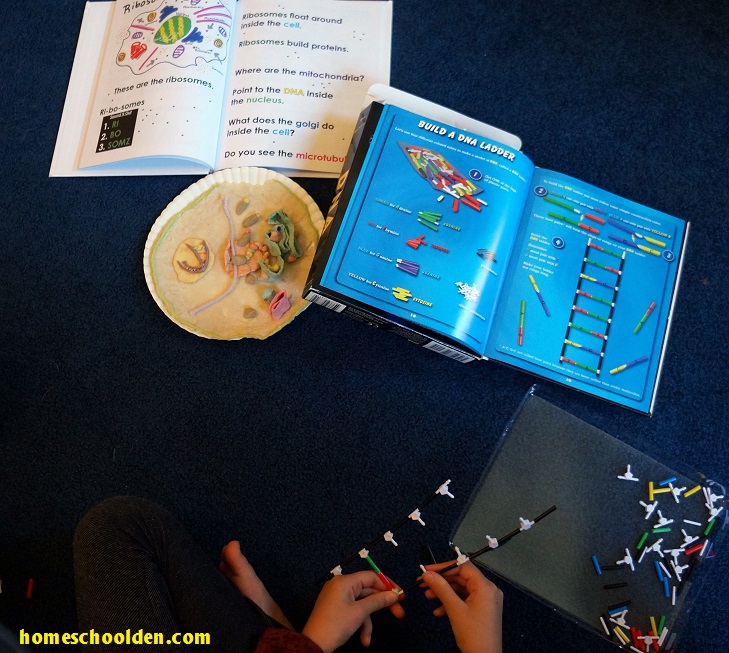
You can then unzip the DNA ladder and build a duplicate copy with the extra bag of pieces provided.
This kit also comes with materials needed to extract DNA from fruit or onions. It talks in quite a bit of detail about genes. And, the kit also has an activity for extracting DNA from you! We did not do these, but will at some point in the future because the instructions are easy to follow… and those activities are cool!!

These activities and experiments have been compiled into a pdf for your convenience. Just click on the link below to download a copy! 🙂 Have fun!! ~Liesl
FREE Chemistry Experiment Packet for Kids
You might also be interested in our States of Matter Chemistry Packet. We did a number of hands-on activities with this unit as we talked about the different states and the changing states of matter. We did this unit when my daughter was 8. This is included in our Chemistry BUNDLE.
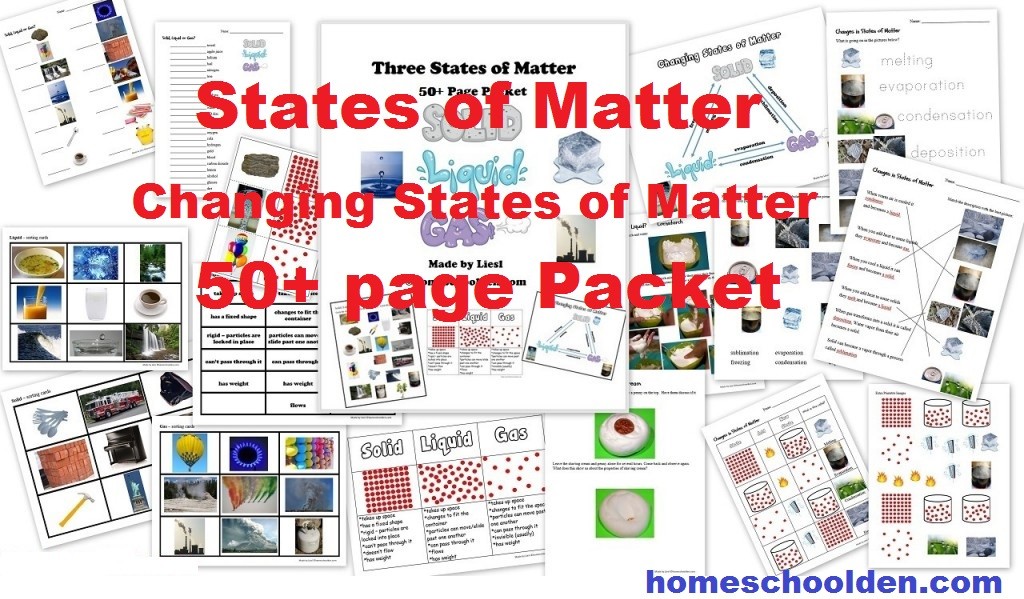
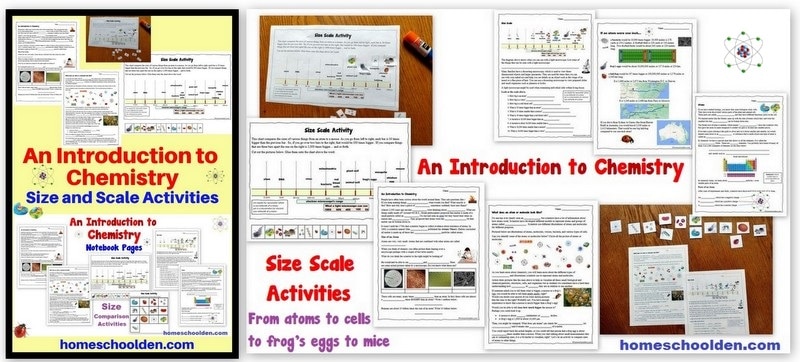
Disclosure: Please note that some of the links in this post and in the packet above are affiliate links, and at no additional cost to you, I will earn a commission if you decide to make a purchase.
Other chemistry posts that may be of interest:
- Chemistry Unit: A Study of the Periodic Table Chemistry Packet: Periodic Table, Atoms & Atomic structure, Valence Electrons, Bohr Diagrams, Electron Dot Diagrams & More!
- Chemistry Experiments for Kids (Grade 2) – Matter is Neither Created Nor Destroyed — Acids and Bases
- Chemistry Experiments for Kids (Grade 2) – Mixtures, Chromatography, DNA Kit (this post!)
- Explosion of Colors in Milk Experiment and Other Chemistry Fun!
- Chemistry Unit: The Size of Atoms
- States of Matter: Solid, Liquid, Gas — Learning Activities
- Chemistry: Molecule Movement Experiment and Chemistry Review Worksheet These notebook pages are free.
- Science Experiments: Water Molecule Attraction
- Building Molecules Chemistry Activity This also has some free notebook pages about building molecules:

Chemistry Packet: Periodic Table, Atoms & Atomic structure, Valence Electrons, Bohr Diagrams, Electron Dot Diagrams & More!
Your young learner might also be interested in our unit on Simple Machines:
My kids also loved our Earth Science Unit!
In this post, I also mentioned our Study of Cells Unit. You will find that packet and more information here: Cell Unit: Cell Organelles and their Function, Animal vs. Plant Cells, Eurkaryotic vs. Prokaryotic Cells, and more (My kids were 9 and 11 when we first did this unit… my 7 year old did it too! Then, we continued to come back to this most every year adding to what we knew… for example going into plant cells & studying the layers of the leaf another year.)
You might also be interested in this FREE Resource guide:
See you again soon here or over at our Homeschool Den Facebook Page! Don’t forget to Subscribe to our Homeschool Den Newsletter. You might also want to check out some of our resources pages above (such as our Science, Language Arts, or History Units Resource Pages) which have links to dozens of posts. Don’t forget to check out Our Store as well. ~Liesl
